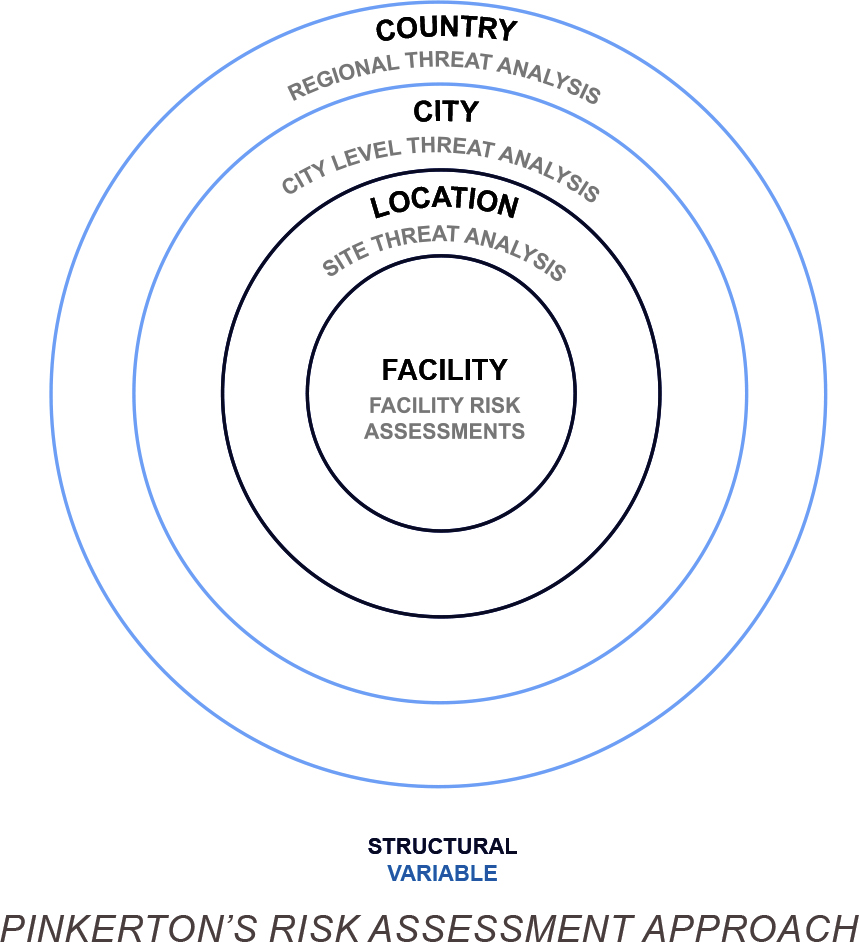
Capt Shantanu Krishna (Retd)
Managing Director
PINKERTON India
The role of visibility in physical security
Visible security measures serve as powerful deterrents to potential threats by creating an overt display of vigilance. Uniformed guards positioned at entry points signify a proactive stance against unauthorized entry, while surveillance cameras act not just as tools for documentation but also as visual warnings to those considering illicit actions. Additional elements like perimeter fencing or controlled access gates provide tangible barriers that further fortify premises from intrusion. When clearly displayed, these visible components are instrumental in pre-emptively reducing risk factors by affirming the existence of active security protocols.

The Need for Discretion in Security Operations

Maintaining operational continuity
Discretionary security measures ensure ongoing daily activities remain uninterrupted by the overt presence of security protocols.

Preserving privacy
Careful, unobtrusive surveillance respects individual privacy and avoids creating a climate of unease or invasion of personal space.

Employing covert techniques
Specialized agents conduct undercover patrols that integrate with the environment, interacting indistinguishably as part of the staff or visitor population.

Subtle communication
systems The use of silent alarms provides a means for quick and discreet communication amongst security personnel during incidents, helping to manage situations without public escalation.

Non-intrusive safety presence
A discreet layer of protection supports a secure atmosphere within premises without attracting unnecessary attention or causing concern among those present.
Assessing risks to tailor onsite protection strategies
Pinkerton Comprehensive Risk Management excels at conducting comprehensive assessments tailored specifically to each organization’s unique profile – considering factors such as location vulnerabilities, nature of business operations, past incident history, current threat landscapes – and determining the optimal mix between visible deterrence and discreet monitoring required for robust onsite protection solutions. These assessments form the backbone upon which dynamic security plans are developed; they facilitate informed decision-making about where resources should be allocated most effectively within any given protective strategy.

Impactful training for security personnel
A crucial aspect of onsite protection lies in the training of security personnel, specialize in equipping teams with the necessary skills to execute both visible and discreet security measures effectively. High-quality training programs address various scenarios, from routine patrols to emergency response, ensuring officers are prepared for any situation. This includes conflict resolution without escalation, advanced surveillance tactics, and understanding when to shift from a low-profile approach to high-visibility action swiftly. The expertise provided through these training initiatives ensures that each protective measure is performed with precision and aligned with overarching security objectives.

Conclusion
In conclusion, onsite protection requires a nuanced approach that balances visibility with discretion – an equilibrium essential for effective physical security management. It plays an indispensable role by crafting customized solutions that align with specific organizational needs while maintaining this balance. Through comprehensive risk assessments, they can determine where on the spectrum between overt deterrence and subtle oversight each measure should reside for optimal effectiveness. The sophistication brought forth by enables organizations not only to protect their interests but also do so in a manner that respects operational fluidity and individual privacy – the hallmark of truly balanced onsite protection.
